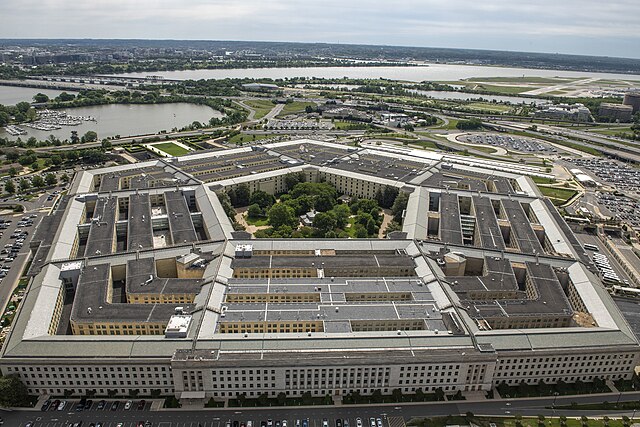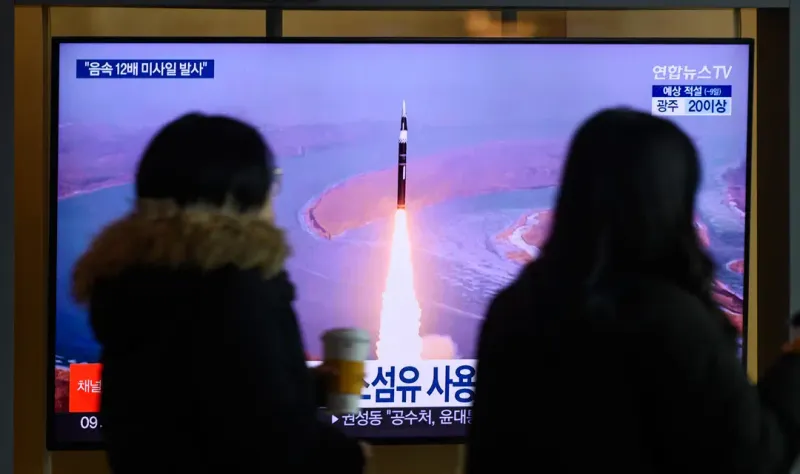Pentagon: US Struggling to Keep Up With China in Arms Production
According to an unpublished report from the Pentagon obtained by Politico, the US arms industry isn't able 'to satisfy the full range of military production needs at speed and scale' — a 'mismatch' the report warns poses risks as the US tries to support 'active combat operations' and 'the larg...

Facts
- According to an unpublished report from the Pentagon obtained by Politico, the US arms industry isn't able 'to satisfy the full range of military production needs at speed and scale' — a 'mismatch' the report warns poses risks as the US tries to support 'active combat operations' and 'the larger and more technically advanced pacing threat looming in the Indo-Pacific.'1
- Speaking at the Reagan National Defense Forum, Pentagon acquisition chief William LaPlante, who will be publishing the report, said that for businesses to expand production capacity, the Department of Defense (DoD) needs to make its future purchasing needs clear.2
- He argued the DoD's 'Number one' task is to 'show we are committed,' adding that the Pentagon must show it's 'serious' about buying prototype weapons in large quantities. In response, one industry advisor called the draft report 'underwhelming,' referring to how US production has shrunk since the Cold War as China has become a 'powerhouse.'1
- The draft report cites the COVID pandemic's supply chain disruption as one of the reasons for the US lagging weapons production, to which it states Washington will 'develop more resilient and innovative supply chains,” invest in smaller businesses, and focus more on innovation.1
- The report, which will be the first-ever National Defense Industrial Strategy, concludes that to do this, the US 'must solicit entrants of all types: large and small, domestic, and foreign, and those with no previous relationship to the DoD or defense production,' as well as from the public and private sectors.3
Sources: 1Politico, 2The Times of India and 3Report News Agency.
Narratives
- Pro-establishment narrative, as provided by VOA. As China ramps up its nuclear missile and coinciding anti-detection technology at a rapid pace, the US is trying to engage in dialogue to prevent tensions from ever reaching levels seen during the Cold War. Though in recent months, China has feigned an effort to put military exchanges with Washington back on solid footing, its strategy seems to remain to be full steam ahead with respect not only to defense mechanisms but to first-strike technology. The US must, therefore, continue investing to remain militarily superior.
- Establishment-critical narrative, as provided by Global Times. The US is completely engaged in this arms race and doing anything but de-escalating military tensions. As China simply tries to even the playing field with its antagonistic Western counterparts, the likes of the US, UK, and Australia are signing new agreements to build AI-powered underwater and surface maritime surveillance drones. On top of that, these countries are also looking to develop space military operations to stay ahead of Beijing. You can't fault an emerging military for simply trying to stay afloat as its enemies build new ways to sink its ship.






